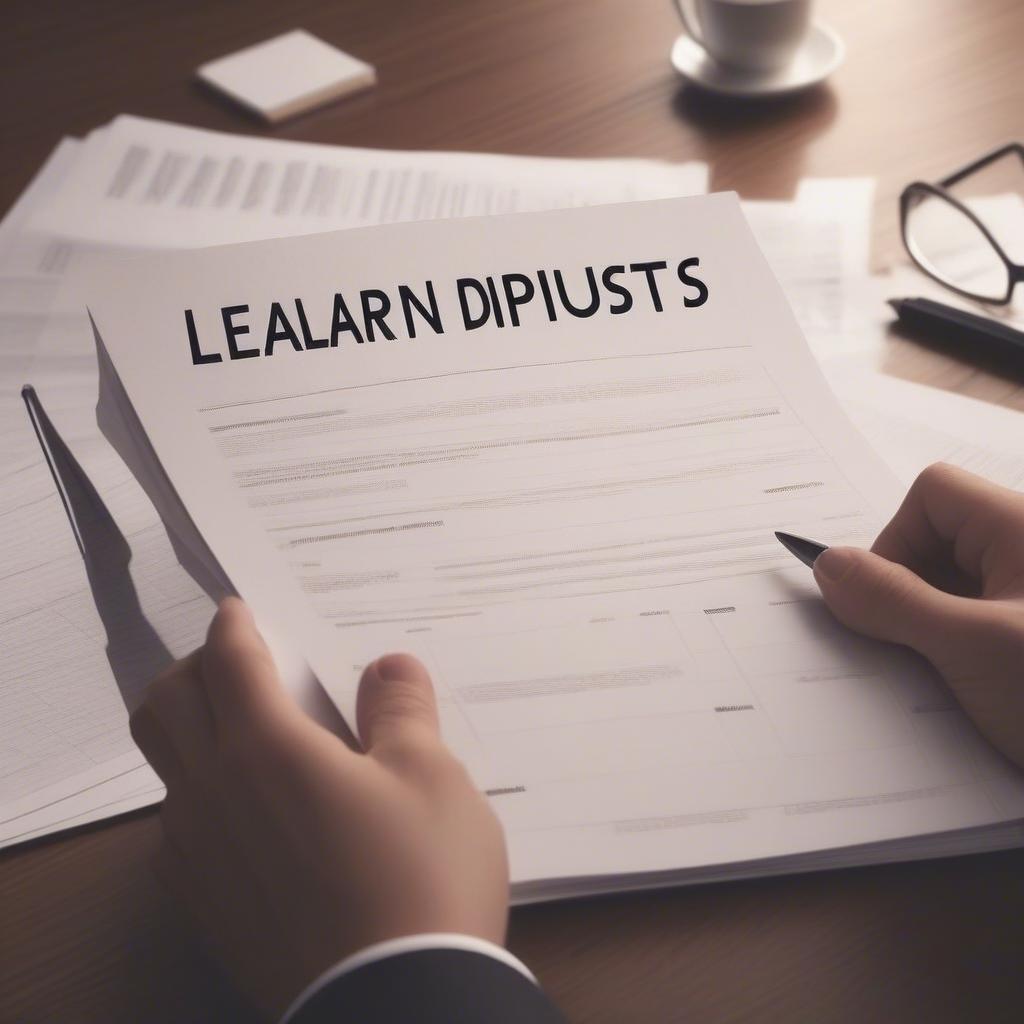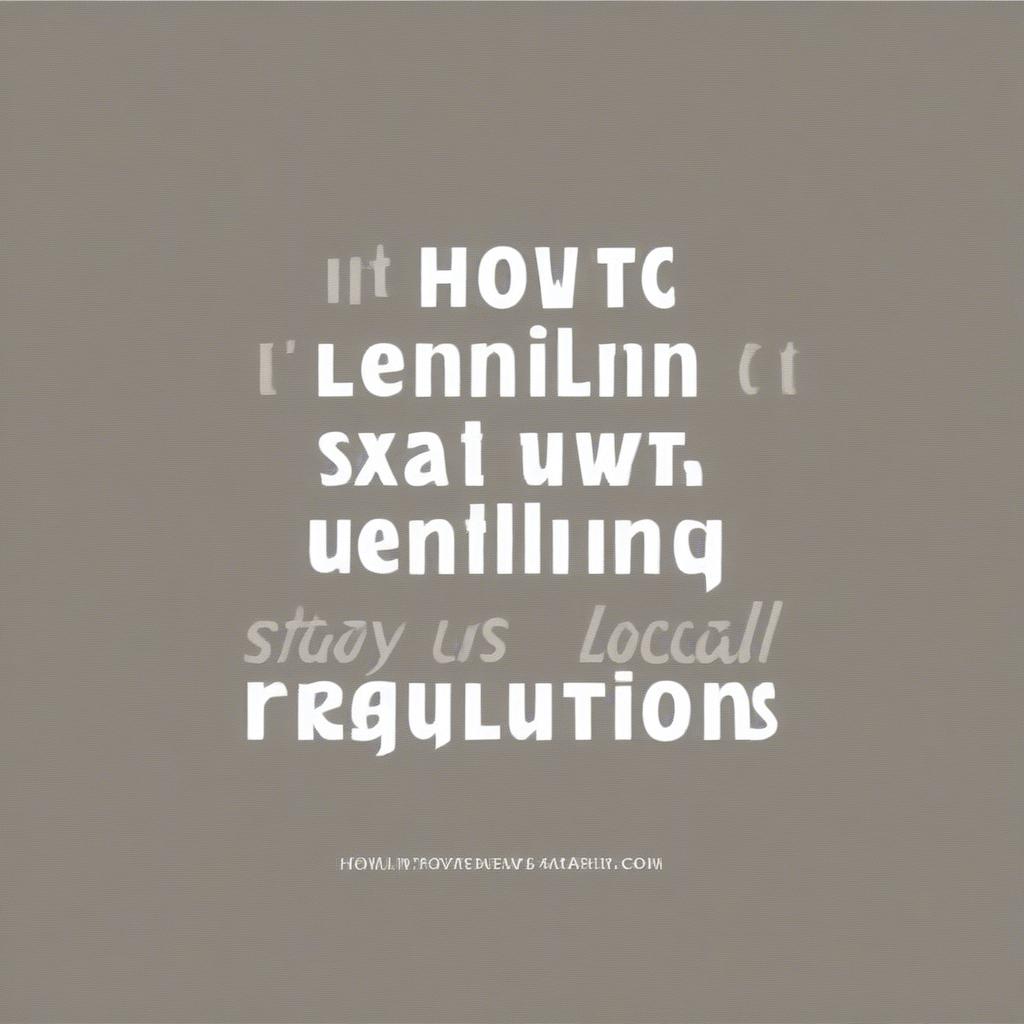
How to Protect Your Intellectual Property as an Event Planner
Protecting your intellectual property is crucial for any successful business, and event planning is no exception. Your creativity, unique ideas, and carefully crafted processes are valuable assets that deserve legal rights and safeguarding. Failing to protect them can lead to lost opportunities, revenue, and competitive advantages. This comprehensive guide will walk you through the essential steps to protect your intellectual property in the dynamic world of event planning, ensuring your hard work is recognized and rewarded.
I. Understanding Intellectual Property in Event Planning: What Needs Protecting?
Before diving into protection strategies, it’s vital to understand what constitutes intellectual property in the context of event planning. It’s more than just the final event itself; it’s the entire creative and operational ecosystem you build.
A. Core Assets to Safeguard
-
Event Concepts and Themes: Your innovative event themes, concepts, and overall event design are valuable assets. Think of that uniquely themed corporate retreat or the groundbreaking approach you took for a product launch.
-
Why protect it? Imagine a competitor replicating your successful event concept for their own gain. Protection ensures you maintain a competitive edge.
-
Example: The concept of a “sustainable eco-conference” with specific branding, workshops, and activities.
-
-
Marketing Materials: Brochures, website content, promotional videos, and social media campaigns are all protected by copyright.
-
Why protect it? Prevents unauthorized use of your brand identity and marketing efforts.
-
Example: Distinctive branding for your event planning business, including logos, color schemes, and taglines.
-
-
Unique Event Processes and Systems: The proprietary workflows, checklists, and project management systems you’ve developed for efficient event planning.
-
Why protect it? These systems give you an advantage in terms of efficiency and quality. Protecting them prevents competitors from copying your operational model.
-
Example: A custom-designed software program for managing event logistics and vendor communication.
-
-
Client Lists and Relationships: The database of clients and the relationships you’ve built with them are valuable business assets.
-
Why protect it? Preventing former employees or competitors from poaching your clients.
-
Example: Confidential client contact information and event history.
-
-
Creative Content Produced for Events: This includes speeches, presentations, videos, music, and other artistic works created specifically for your events.
-
Why protect it? Prevents unauthorized use and distribution of your creative works.
-
Example: Original music composed for a gala, or a custom-designed video presentation highlighting a company’s achievements.
-
-
Trade Secrets: Confidential information that gives you a competitive edge, such as vendor pricing, negotiation strategies, and unique supplier relationships.
-
Why protect it? This information is vital to your business’s profitability and success.
-
Example: Secret pricing agreements with caterers or exclusive access to unique venues.
-
B. Common Mistakes Event Planners Make
- Assuming Everything is Automatically Protected: Many event planners mistakenly believe their ideas are automatically protected. Copyright, trademark, and other forms of intellectual property protection require specific actions.
- Lack of Written Agreements: Failing to have written contracts with clients, vendors, and employees leaves you vulnerable to disputes and unauthorized use of your intellectual property.
- Not Conducting Trademark Searches: Before launching a brand or using a specific name for an event, it’s crucial to conduct a thorough trademark search to avoid infringing on existing trademarks.
- Sharing Confidential Information Without NDAs: Disclosing confidential information to vendors, employees, or potential partners without a Non-Disclosure Agreement (NDA) puts your intellectual property at risk.
- Neglecting Copyright Registration: While copyright exists automatically upon creation, registering your work provides additional legal protection and recourse in case of infringement.
II. Legal Rights and Protection Mechanisms for Event Planners
Understanding the legal avenues for protecting your intellectual property is the first step toward securing your legal rights.
A. Copyright Protection
- What it Protects: Original works of authorship, including written content (website text, brochures), visual content (logos, photographs, videos), and musical compositions.
- How it Works: Copyright protection arises automatically upon creation of the work, but registering your copyright with the U.S. Copyright Office provides significant legal advantages.
-
Steps to Secure Copyright:
- Create Original Work: Ensure the content you produce is original and not copied from others.
- Include Copyright Notice: Add a copyright notice (© [Your Name] [Year]) to your materials.
- Register with the U.S. Copyright Office: File an application online to register your copyright.
-
Benefits of Copyright Registration:
- Public Record: Creates a public record of your ownership.
- Legal Recourse: Allows you to sue for infringement and recover damages.
- Injunctions: Enables you to obtain court orders to stop infringing activities.
- Example: Registering the copyright for the unique script and visual elements used in a virtual conference you designed.
B. Trademark Protection
- What it Protects: Brand names, logos, and other symbols used to identify and distinguish your goods or services from those of others.
- How it Works: Trademark protection prevents others from using a confusingly similar mark in connection with similar goods or services.
-
Steps to Secure Trademark:
- Conduct a Trademark Search: Search the U.S. Patent and Trademark Office (USPTO) database to ensure your desired mark is not already in use.
- File a Trademark Application: Submit an application with the USPTO.
- Respond to Office Actions: Address any issues raised by the USPTO examiner.
- Publication and Opposition: Your mark will be published for opposition by third parties.
- Registration: If no opposition is successful, your mark will be registered.
-
Benefits of Trademark Registration:
- Exclusive Rights: Gives you exclusive rights to use the mark nationwide.
- Legal Recourse: Allows you to sue for infringement and recover damages.
- Brand Protection: Strengthens your brand identity and prevents consumer confusion.
- Example: Trademarking your event planning company name and logo to prevent competitors from using a similar brand.
C. Trade Secret Protection
- What it Protects: Confidential information that gives you a competitive edge, such as client lists, vendor pricing, and unique processes.
- How it Works: Trade secret protection requires you to take reasonable measures to keep the information confidential.
-
Steps to Protect Trade Secrets:
- Identify Trade Secrets: Clearly define what information constitutes a trade secret.
- Implement Security Measures: Restrict access to confidential information, use passwords, and secure physical documents.
- Use Non-Disclosure Agreements (NDAs): Require employees, vendors, and partners to sign NDAs to protect confidential information.
- Limit Employee Access: Grant access to trade secrets only to those who need it for their job.
-
Benefits of Trade Secret Protection:
- Long-Term Protection: Trade secrets can be protected indefinitely, as long as they remain confidential.
- Competitive Advantage: Maintains your unique edge in the market.
- Cost-Effective: No registration fees or ongoing costs.
- Example: Protecting your proprietary event planning process by requiring employees to sign NDAs and limiting access to the detailed process documentation.
D. Patent Protection (Less Common in Event Planning)
- What it Protects: Inventions and discoveries, such as novel event technologies or unique event equipment.
- How it Works: Patent protection grants you the exclusive right to make, use, and sell the invention for a limited time.
-
Types of Patents:
- Utility Patents: Protect new and useful processes, machines, manufactures, or compositions of matter.
- Design Patents: Protect the ornamental design of an article of manufacture.
-
Steps to Secure a Patent:
- Determine Patentability: Assess whether your invention is novel, non-obvious, and useful.
- Conduct a Patent Search: Search the USPTO database to ensure your invention is not already patented.
- Prepare and File a Patent Application: Draft a detailed patent application and file it with the USPTO.
- Prosecution: Respond to examiner rejections and amend your application.
- Issuance: If the application is approved, the patent will be issued.
- Example: Patenting a novel type of interactive display system used at events. While less common in typical event planning, innovative technologies related to events can be patented.
III. Practical Strategies for Protecting Your Intellectual Property
Beyond the legal framework, implementing practical strategies in your daily operations is crucial for safeguarding your intellectual property.
A. Contracts and Agreements
-
Client Agreements:
- Scope of Work: Clearly define the scope of the services you will provide.
- Ownership of Intellectual Property: Specify who owns the intellectual property created during the event planning process. Generally, you should retain ownership of your unique processes and systems, while the client may own the specific event content.
- Confidentiality: Include clauses to protect your trade secrets and confidential information.
- Payment Terms: Outline payment schedules and consequences of non-payment.
- Termination Clause: Specify conditions under which the agreement can be terminated.
- Example: A clause stating that the event planning company retains all rights to its proprietary project management system, even if it is used for the client’s event.
-
Vendor Agreements:
- Scope of Work: Clearly define the services the vendor will provide.
- Ownership of Intellectual Property: Specify who owns the intellectual property related to the vendor’s services.
- Confidentiality: Include clauses to protect your trade secrets and the client’s confidential information.
- Insurance Requirements: Require vendors to carry adequate insurance.
- Indemnification: Include clauses to protect you from liability for the vendor’s actions.
- Example: A clause stating that the photographer retains copyright to the photos taken at the event, but grants you a license to use them for promotional purposes.
-
Employee Agreements:
- Confidentiality: Include strict confidentiality clauses to protect trade secrets and client information.
- Non-Compete Agreements: Restrict employees from working for competitors or starting a competing business for a specified period after leaving your company. (Note: enforceability varies by jurisdiction.)
- Assignment of Intellectual Property: Ensure that any intellectual property created by employees during their employment is assigned to your company.
- Example: A clause stating that all event concepts and processes developed by the employee during their employment belong to the event planning company.
-
Non-Disclosure Agreements (NDAs):
- Purpose: Used to protect confidential information when sharing it with vendors, partners, or potential investors.
- Key Provisions: Define what information is considered confidential, the scope of permitted use, and the duration of the agreement.
- Example: Using an NDA when discussing your unique event planning software with a potential investor.
B. Website Protection
- Copyright Notice: Include a copyright notice on your website.
- Terms of Use: Establish clear terms of use that prohibit unauthorized copying or distribution of your website content.
- Watermarks: Add watermarks to images and videos to deter unauthorized use.
- Disable Right-Clicking: Consider disabling right-clicking on your website to prevent users from easily downloading images.
- Monitor for Infringement: Regularly monitor the internet for unauthorized use of your website content.
C. Social Media Protection
- Brand Monitoring: Monitor social media channels for unauthorized use of your brand name or logo.
- Copyright Notices: Include copyright notices on your social media content.
- Terms of Use: Establish clear terms of use for your social media accounts.
- Report Infringement: Report any instances of copyright or trademark infringement to the social media platform.
D. Physical Security
- Restricted Access: Limit access to confidential documents and computer systems.
- Password Protection: Use strong passwords and require employees to change them regularly.
- Secure Storage: Store confidential documents in locked cabinets or secure digital storage.
- Shredding: Shred confidential documents before disposal.
IV. Responding to Intellectual Property Infringement
Even with the best protection strategies, intellectual property infringement can still occur. Knowing how to respond effectively is critical.
A. Steps to Take
- Document the Infringement: Gather evidence of the infringement, including screenshots, website URLs, and other relevant information.
- Cease and Desist Letter: Send a formal cease and desist letter to the infringing party, demanding that they stop the infringing activity.
- Legal Action: If the infringing party does not comply with the cease and desist letter, consider filing a lawsuit for copyright or trademark infringement.
- Negotiation: Explore the possibility of settling the dispute through negotiation or mediation.
B. Example Scenario
Imagine you discover a competitor using your company’s logo on their website without permission.
- Document the Infringement: Take screenshots of their website and note the date and time.
- Cease and Desist Letter: Send a cease and desist letter demanding that they remove the logo immediately and acknowledge their infringement.
- Legal Action: If they fail to comply, consult with an attorney about filing a trademark infringement lawsuit.
V. How Learn Business Supports Your Intellectual Property Protection
Learn Business understands the unique challenges faced by event planning businesses and offers resources to help protect your intellectual property. We recognize the vital importance of legal rights and provide tailored solutions to safeguard your innovative ideas and creative assets.
A. Guidance and Templates
We offer a range of resources, including:
- Contract Templates: Professionally drafted contract templates for clients, vendors, and employees, including clauses to protect your intellectual property.
- NDA Templates: Customizable NDA templates for protecting confidential information.
- Checklists and Guides: Step-by-step checklists and guides for implementing intellectual property protection strategies.
- Legal Consultations: Access to legal experts who can provide personalized advice and guidance on intellectual property matters.
B. Tailored Solutions
Learn Business helps you:
- Identify Your Key Assets: Pinpoint the intellectual property that needs the most protection within your event planning business.
- Implement Protection Strategies: Develop and implement a comprehensive intellectual property protection plan tailored to your specific needs.
- Stay Compliant: Keep up-to-date with the latest intellectual property laws and regulations.
C. Benefits of Using Learn Business
By leveraging Learn Business’s resources, you can:
- Reduce Legal Risks: Minimize the risk of intellectual property infringement and legal disputes.
- Protect Your Brand: Safeguard your brand identity and reputation.
- Gain a Competitive Advantage: Protect your unique ideas and processes to maintain a competitive edge.
- Focus on Growth: Spend less time worrying about intellectual property issues and more time growing your event planning business.
VI. Conclusion: Protecting Your Creativity and Future
Protecting your intellectual property is not just a legal obligation; it’s a strategic investment in the future of your event planning business. By understanding your legal rights, implementing practical strategies, and leveraging resources like Learn Business, you can safeguard your creative assets and maintain a competitive edge in the dynamic event planning industry. Embrace these proactive measures to ensure your hard work and innovative ideas are recognized, rewarded, and protected for years to come. Remember, your creativity is your most valuable asset, and protecting it is paramount to your success.



Leave a Reply